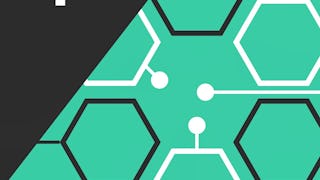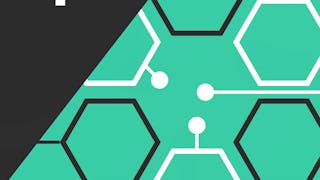Updated in May 2025.
This course now features Coursera Coach! A smarter way to learn with interactive, real-time conversations that help you test your knowledge, challenge assumptions, and deepen your understanding as you progress through the course. This course takes you on a journey through the fundamentals and advanced techniques of behavior-driven development (BDD) using Specflow and Cucumber in a .NET environment. You'll begin by understanding the core principles of BDD, why it matters, and how Cucumber, combined with Gherkin, allows you to write easy-to-read test scenarios that everyone on your team can understand. You'll also explore the benefits of using Gherkin as a universal language for expressing business requirements, along with a deep dive into user stories, testing workflows, and maintaining a single source of truth. As you progress, you'll immerse yourself in Gherkin's keyword syntax, learning to write feature files that effectively describe scenarios and outcomes. You will move on to mastering Specflow for .NET, installing necessary extensions in Visual Studio, and creating acceptance tests that align with business goals. Through hands-on exercises, you'll become proficient in writing and organizing tests, binding steps, handling parameters, and utilizing hooks for advanced test execution. By the end of this course, you’ll have the knowledge and skills to implement BDD efficiently in any .NET project. Designed for both beginners and experienced developers, this course equips you with practical skills in using Specflow and Cucumber, empowering your team to create cleaner, more collaborative code bases while ensuring that everyone, from product owners to developers, can easily contribute to the testing process. This course is designed for .NET developers who want to learn or enhance their knowledge of BDD using Specflow and Cucumber. Prior experience with .NET development is required, and basic knowledge of unit testing will be beneficial.















